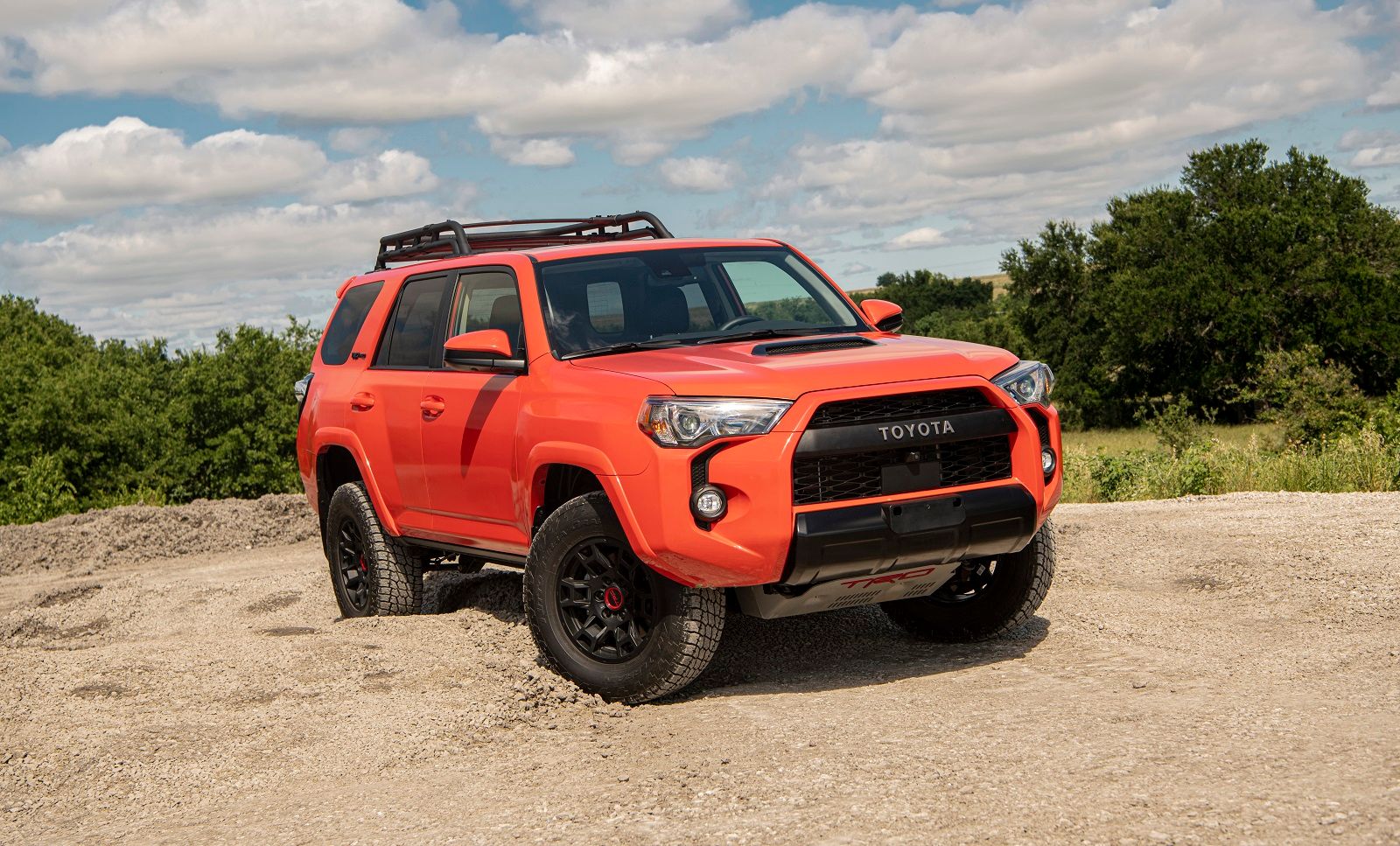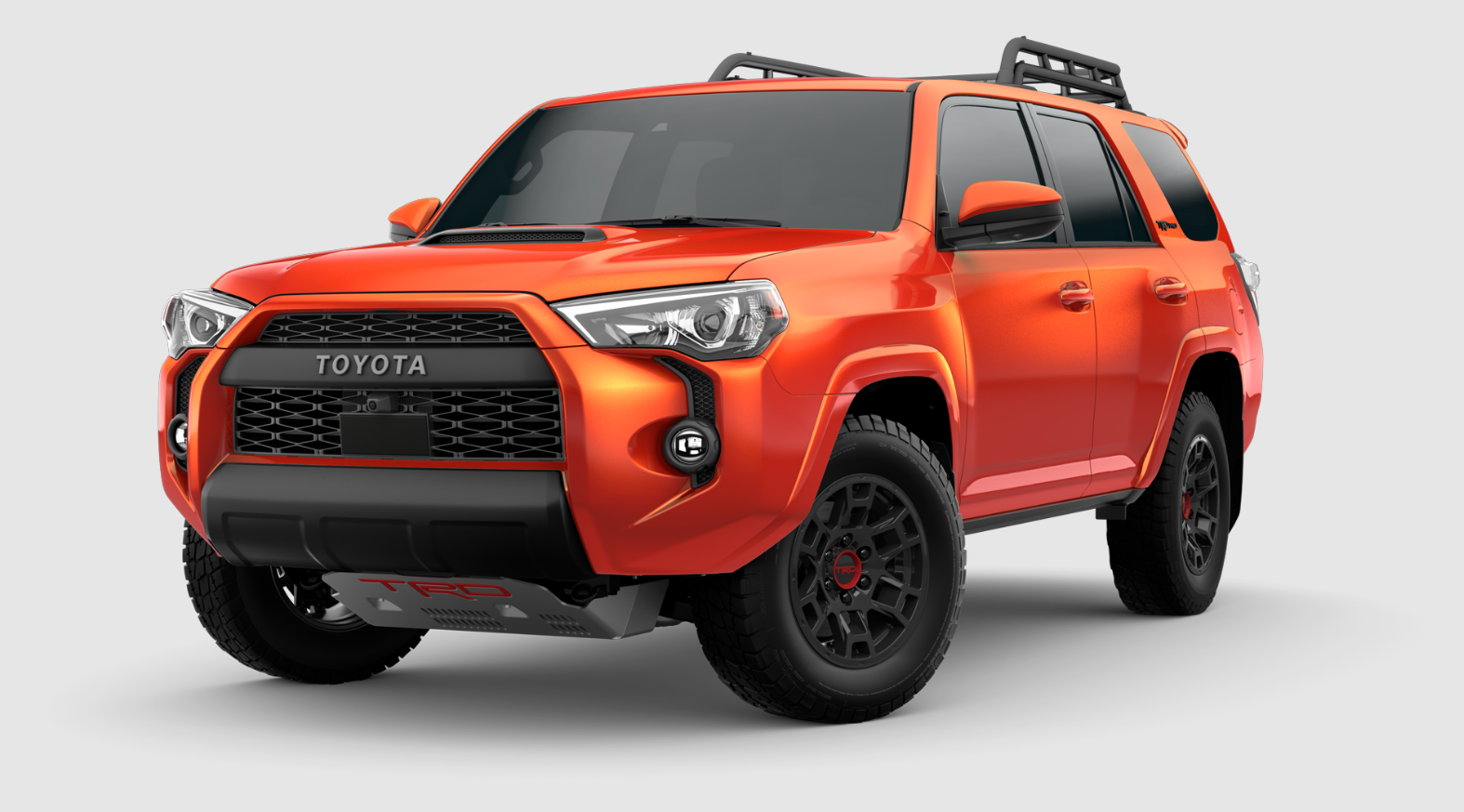The 2025 Toyota 4Runner: A Weighty Matter
By admin / May 9, 2024 / No Comments / 2025

The 2025 Toyota 4Runner: A Weighty Matter
The Toyota 4Runner, a rugged SUV that has carved a niche for itself in the off-roading world, is known for its durability, reliability, and off-road prowess. As we look towards the future, specifically the 2025 model year, the 4Runner is poised for a potential update, with speculation swirling around its design, engine options, and, importantly, its curb weight.
This article delves into the crucial topic of the 2025 4Runner’s curb weight, examining its potential impact on the vehicle’s performance, fuel efficiency, and overall appeal.
Understanding Curb Weight
Curb weight, a fundamental metric in the automotive world, refers to the weight of a vehicle when it’s completely empty, including all standard equipment, fluids, and a full tank of fuel. It excludes any additional weight from passengers, cargo, or accessories.
The 2025 4Runner: A Balancing Act
The 2025 4Runner, like its predecessors, is expected to be a capable off-roader, prioritizing strength and durability. However, the increasing emphasis on fuel efficiency and environmental concerns might necessitate a careful balance between weight and performance.
Factors Influencing Curb Weight
Several factors contribute to the curb weight of a vehicle, and the 2025 4Runner is no exception. These factors include:
- Platform and Body: The 4Runner’s body-on-frame construction, while robust, inherently adds weight compared to unibody platforms found in many other SUVs.
- Engine and Drivetrain: The choice of engine, transmission, and drivetrain significantly influences weight. A larger, more powerful engine naturally adds heft, while a complex drivetrain like a four-wheel-drive system adds further weight.
- Materials: The use of heavier materials like steel for the frame and body, while contributing to strength, also impacts curb weight. However, advancements in lighter yet strong materials like aluminum or high-strength steel could potentially reduce weight without compromising durability.
- Features and Equipment: The 2025 4Runner might offer a range of features and equipment, including advanced safety systems, infotainment systems, and luxury amenities. These features, while enhancing the driving experience, can add to the overall weight.
Potential Curb Weight Ranges
While precise figures for the 2025 4Runner’s curb weight are not yet available, we can speculate based on current models and industry trends:
- Base Model: The base model, likely equipped with a V6 engine and rear-wheel drive, could weigh around 4,500 pounds.
- TRD Off-Road and TRD Pro: These off-road-focused trims, with their enhanced suspension and off-road capabilities, might see a slight increase in weight, potentially reaching around 4,600 pounds.
- Limited and Platinum: These luxury-oriented trims, with their additional features and amenities, could see a higher curb weight, potentially reaching around 4,700 pounds.
Impact of Curb Weight
The 2025 4Runner’s curb weight will have a direct impact on various aspects of its performance and driving experience:
- Fuel Efficiency: A heavier vehicle generally consumes more fuel, especially when accelerating and climbing hills. The 4Runner’s fuel economy could be affected by its weight, especially if it retains its powerful engine options.
- Off-Road Capability: While a heavier vehicle might offer greater traction and stability on rough terrain, excessive weight can hinder maneuverability and ground clearance, potentially impacting the 4Runner’s off-road performance.
- Handling and Braking: A heavier vehicle requires more effort to accelerate, brake, and handle, potentially affecting the 4Runner’s agility and responsiveness.
- Payload and Towing Capacity: While a heavier curb weight might reduce the 4Runner’s payload and towing capacity, it’s crucial to note that these figures are determined by the vehicle’s Gross Vehicle Weight Rating (GVWR), which also considers the weight of passengers, cargo, and accessories.
Balancing Performance and Efficiency
The 2025 4Runner faces a delicate balancing act: maintaining its off-road prowess while addressing concerns about fuel efficiency. The weight of the vehicle will play a significant role in this equation.
- Lightweight Materials: Toyota could explore the use of lighter yet strong materials like aluminum or high-strength steel in the 4Runner’s construction, potentially reducing weight without sacrificing durability.
- Engine Optimization: While the 4Runner is known for its powerful V6 engine, Toyota could introduce a more fuel-efficient powertrain, potentially a hybrid system, without compromising the vehicle’s off-road performance.
- Aerodynamic Improvements: Streamlining the 4Runner’s design could improve its aerodynamics, reducing drag and improving fuel efficiency.
Conclusion
The 2025 Toyota 4Runner’s curb weight is a crucial factor that will influence its performance, fuel efficiency, and overall appeal. While maintaining its rugged off-road capabilities, Toyota will need to carefully manage the vehicle’s weight to address evolving consumer demands for fuel efficiency and environmental consciousness.
The 4Runner’s success will depend on its ability to strike a balance between its traditional strengths and the need for modern advancements. The 2025 model year could be a pivotal point in the 4Runner’s history, determining its future as a capable off-roader while navigating the evolving landscape of the automotive industry.






